how to care for bare roots
how to care for bare roots
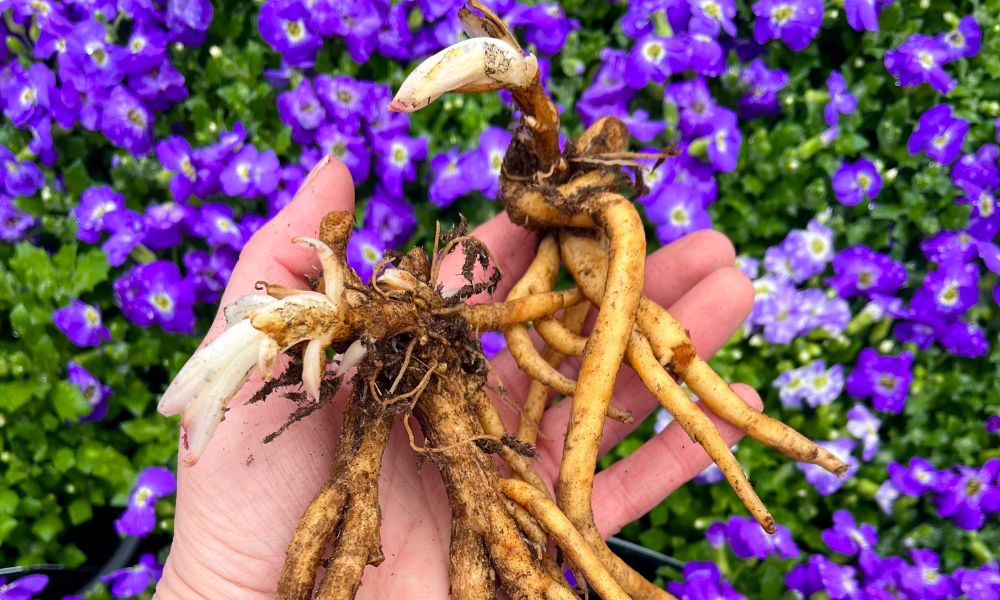
Step 1
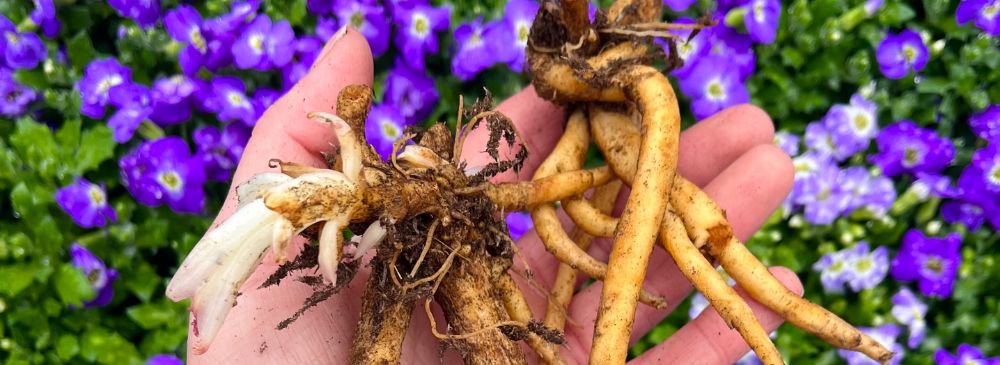
On arrival, it is recommended that bare roots are soaked in tepid water for a maximum of 2 hours – this will rehydrate the roots and prepare them for planting.
Step 2
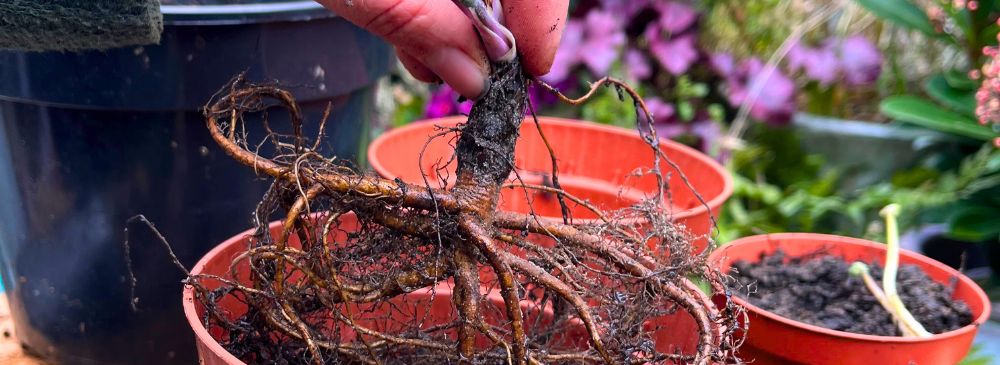
Dig a hole or choose a pot that is both deep and wide enough to fit your bare root, ensuring you are not bending, breaking or contorting your root in any way. If the crown of a plant is already showing, fill the soil around this, allowing the to peak out of the top. Peonies for example DON'T like being planted deep and need the 'eyes' or red buds of the plant facing up and out of the soil. Choose a compost that is moist but well-drained for planting.
Step 3
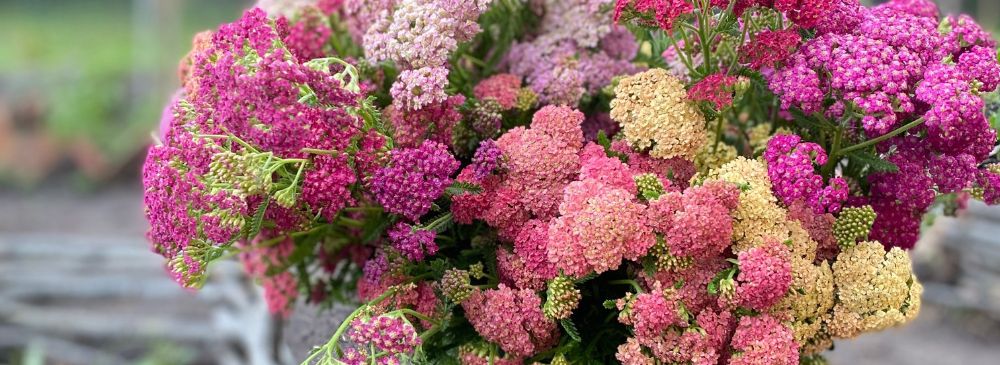
Those that do not have any forming shoots can be planted any way up and covered in an inch of soil from the ground level. Achillea bare roots are a great example where there's almost a 'net' of roots and you're not 100% sure which way is up!
Step 4
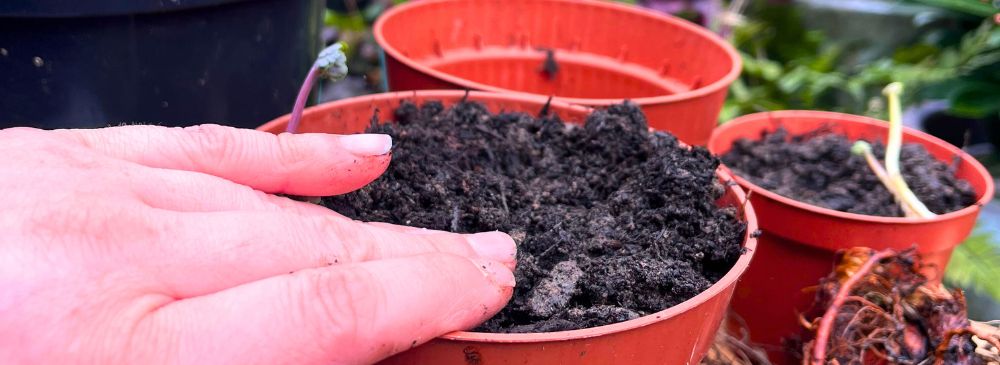
Firm the soil in place and water thoroughly and deeply. There are some exception to the rules here, Dahlia bare roots need to be planted in pots first and only show signs of growth once temps reach 14°C, it's best NOT to saturate with water, until you see the first few leaves emerging indoors.
Step 5
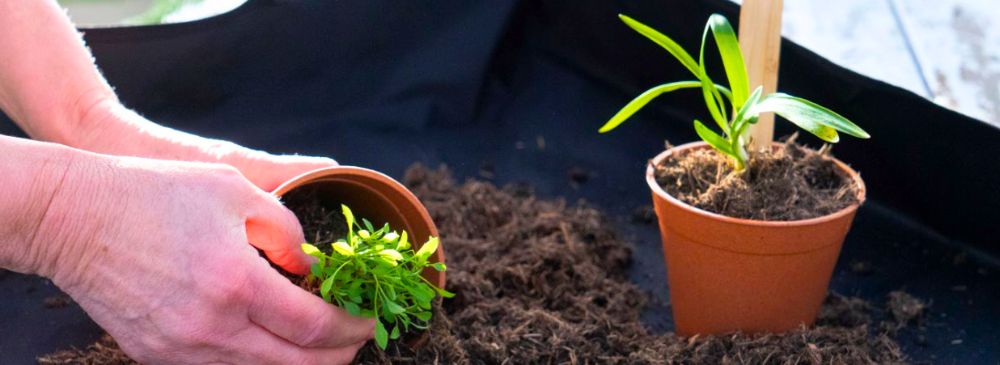
Use a cane or labels to mark the area of your planted bare root – we would hate for you to accidentally dig it up! TAKE NOTE: Bare roots will take a little time to emerge so please be patient - they will be well worth the wait!
Step 6

Once spring has really taken hold, you should start seeing foliage emerging, usually around April to May time is a good chance to feed your plants, choose a feed with equal parts of nitrogen, phosphorus & potassium. Most feed should have an 'NPK' ratio on the packet for example 20-20-20 will have equal parts of the above mentioned formula. Why is this formula good? It's a good all rounder, Nitrogen helps to produce healthy leaf growth, Potassium for flower & fruit production and Phosphorus for root production.





